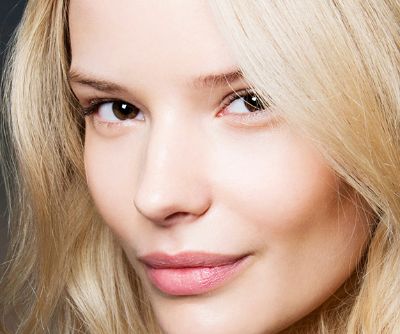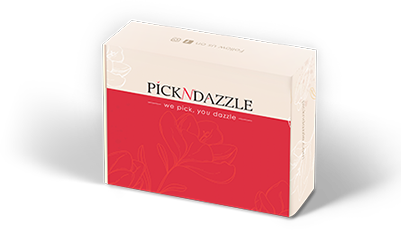What Is It?
Other than having a catchy name, what exactly does stacking your skincare entail? Benjamin explains that it means you are combining two or more different modalities (or rather, treatments) to maximize their effectiveness—in other words, layering your treatments so they are more effective.
For example, instead of going in for a microdermabrasion, then getting a peel a month later, why not get a microdermabrasion and peel in one treatment? Benjamin says combining multiple treatments in one visit has a number of skin benefits—keep flipping to see what they are.
Benefits
“By combining various modalities, clients get a deeper exfoliation and corrective ingredients are able to penetrate more deeply,” Benjamin says. So that miracle serum your esthetician uses after your monthly facial?So much more potent when used after stacking. Benjamin explains exactly how it works: “Using different modalities tricks your skin into healing itself and regenerating new cells, as well as sloughs off dead cells faster and more effectively,” she says.
Sensitive Skin
But doing all of these procedures right after one another can’t be good for those with sensitive skin, right? Considering chemical peels require ample recovery time, wouldn’t a peel, microdermabrasion, andmicroneedling leave your skin looking red and raw? Benjamin says it all depends on the procedures you choose to use. At her spa, she uses micro-needling, dermaplaning, light chemical peels, SilkPeel™ microdermabrasion, and face masks—all of which she says are gentle enough to use in conjunction. Other places may incorporate lasers and IPL, which can be more invasive and require downtime. Always ask your dermatologist or esthetician about recovery time, if you’re not sure.
We asked her to share three skincare stacking combinations based on specific skin types.
Stack For: Oily Skin
For those with oily skin, Benjamin recommends combining dermaplaning, a microdermabrasion with a salicyclic acid serum, and a Jessner acid peel. “Dermaplaning will remove dead skin, and most importantly, the fine vellus hair that can trap oils and cause breakouts,” she says. “The salicylic acid and peel are an important combination for additional exfoliation—they’ll kill the bacteria-causing acne and even out your skin’s tone and texture.”
Stack For: Dry or Mature Skin
If you have dry or mature skin, it’s all about adding more hydration. Benjamin suggests combining dermaplaning, microdermabrasion with hyaluronic acid, micro-needling using custom serums, a light TCA peel, and a hydrating mask.
Stack For: Sensitive Skin
And finally, if you have sensitive skin, Benjamin says that micro-needling, a chemical pel, and hydrating mask will be the most gentle procedure because all three are non-abrasive.
At-Home Stacking
If you’re intrigued by stacking but aren’t ready to undergo three or four procedures at once, you can apply the concept with your skincare products, too. For example, why not stack your face masks? Start with a resurfacing mask, then follow with a clarifying mask, then finish with a serum-soaked mask. The resurfacing and clarifying masks will exfoliate and prep your skin to receive all of the glow-boosting benefits of your last mask. Genius, if we do say so ourselves.
One last note—we recommend stacking your at-home treatments once or twice a week at most. Everything in moderation!
What do you think—are you intrigued by skincare stacking? Tell us below!
Source: www.byrdie.com





